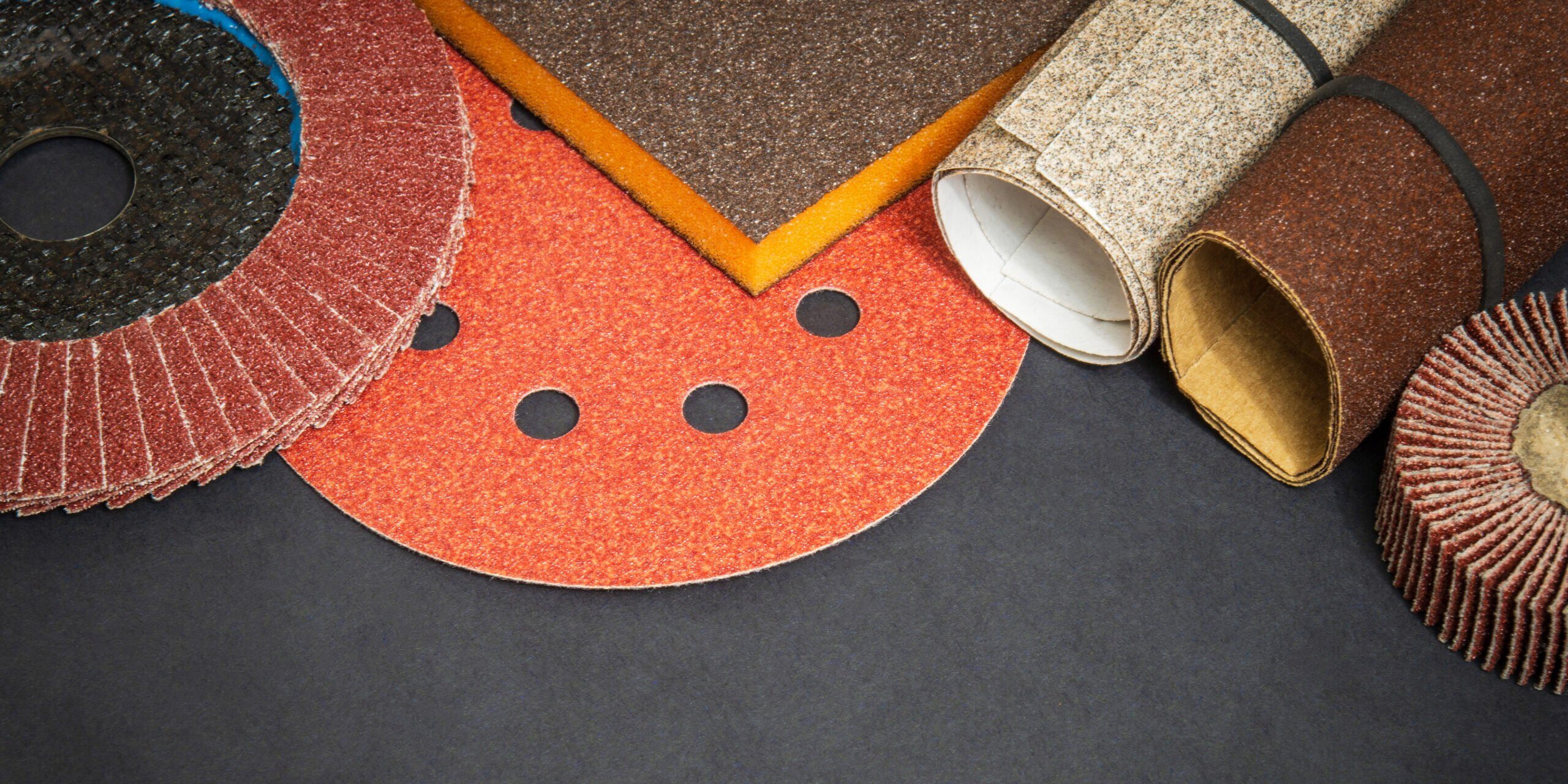What’s the easiest way to make a wooden surface flat? Using a belt sander and this quick five-step process.
Check out my favorite belt sander if you don’t have one yet:


It happens so often to all of us. You’re gluing up several pieces of wood to make a tabletop.
Then as you clamp them together, the wood shifts and you end up with a surface that isn’t flat.
One of the best ways to even it out is to use a belt sander.
Leveling a wooden surface is a simple five-step process.
Table of Contents
Clean the surface
Clean out the surface before doing any work. If there is any glue or unwanted paint on the surface, use a solvent. A clean surface will help you evaluate what needs to be done better.
Mark the high spots
Lighting it up from the side will help to notice highs and lows. Hold a straightedge across your surface. Then move it to the side and mark the high spots with a pencil.
Load a 120 grit belt on your sander and cut off the highest spots. Do not sand with the grain. Sand against it starting from the top of the highest spots. Always keep the belt sander moving. Do not leave any ridges or holes.
Sand the high spots
Hold your sander perpendicular to the grain and gently move the sander back and forth over your pencil marks. Don’t stop at any place for too long.
You need to place your arms in a comfortable position at all times to be able to control your sander well. If you’re getting tired, take a break. Wear a hearing protector to protect your ears and minimize distractions.
Sand across the grain
Working one side to the other in a long “N” pattern, move the sander forward and slightly sideways at the same time.
Remember that belt sanders also create a lot of dust, so if your job is a long one, wear a dust mask.
Sand with the grain
Switch to an 80 grit sanding belt. Then remove all of the cross-grain scratches by sanding with the grain.
When all the visible scratches are gone, switch to a 120 grit belt and keep sanding. The pint it to leave fine scratches that can later be removed with a finish sander or manually.





